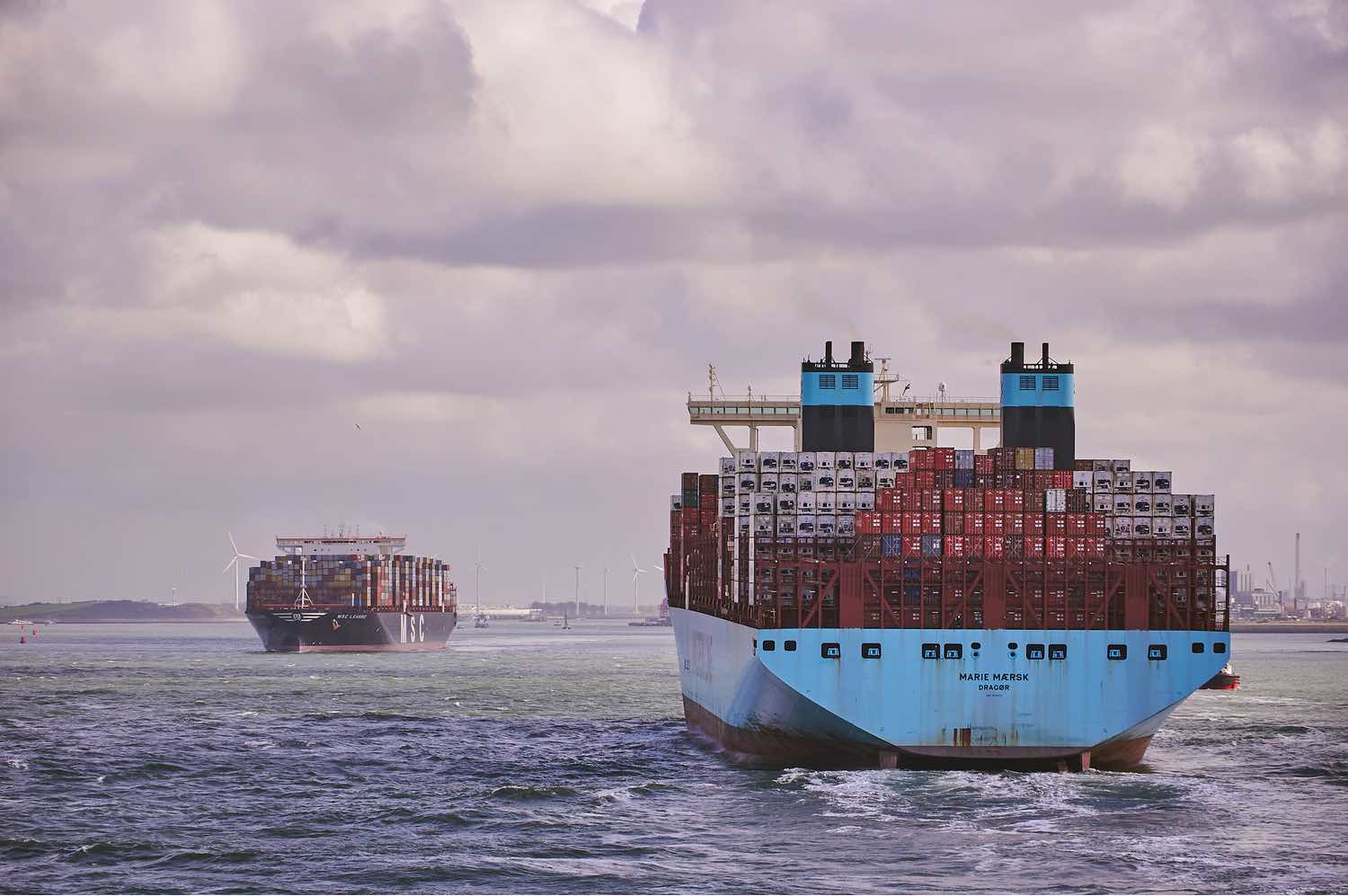
European exports in October were higher than imports
The latest figures produced by Container Trades Statistics demonstrate how Europe is struggling with the higher cost of living as imports plummet to levels below European containerised exports in October.
The last time imports dragged behind exports was at the initial stages of the global pandemic back in February 2020.
During October, CTS confirmed that European Imports dropped 18% y/y to 2.4M TEU, on a m/m basis the CTS numbers indicated a marginal 1% increase.
Both European container imports and exports have posted negative y/y growth rates since the invasion of Ukraine back in Q1 2022. Though as inflation has surged and the cost of energy has spiked consumers seem to be cutting back on purchasing manufactured consumer products mainly from Asia and in particular China.
The inflation rate in Europe has elevated to double figures since the summer and as the winter progresses we expect that containerised import volumes into Europe will remain under pressure.
CTS also produces container statistics for Asia, and the downturn in European imports has naturally correlated with an export dip in Asia. In October Asia exports dropped 12% y/y,
The short-term outlook for the European economy is not a good one. The IMF estimated that the Euro area GDP annual percentage growth for 2022 will be 3.1%, dropping significantly to a tepid 0.5% growth in 2023.
Since 1990, Euro Area GDP has achieved growth of 0.5% or less on seven occasions, in 1993, 2008, 2009, 2012, 2013., 2014, and 2020.
The energy crisis is likely to be a medium–term influence on the European economy until an alternative supply and energy types can be introduced to cool prices for the longer term. Consumer spending could be on the back foot for a few years and European imports, especially from east Asia and China are likely to be subdued especially in 2023.
Asia-Europe spot freight rates have unsurprisingly dropped and corrected from the pandemic-led highs of 2021. The latest assessment from the Shanghai Shipping Exchange quotes Asia-Europe rates at $1,085/TEU. The pre-pandemic average for 2019 was $812/TEU ($1,600 per 40’ box). Given the severity of the energy crisis in Europe, it is highly likely that spot rates could fall below pre-pandemic levels as we enter 2023.
On the supply side, we are currently expecting 250 vessels sized 14,000TEU or more to come on stream over the next three to four years, adding significant capacity to the Asia-Europe trade. Fleet management has kicked in but the demolition surge, which is anticipated, has yet to get going.
The average size of vessels currently deployed on dedicated Asia Europe services is 16,000TEU, and the total number of vessels deployed on Asia Europe of all sizes is approximately 230.
Despite the obvious threat of overcapacity, the urgent need to modernise and equip mainline head-haul east-west services with ultra modern eco tonnage will not dissipate.
We do expect more 23,000-24,000 Megamax ships to be ordered to replace the 60 ships deployed in Asia Europe trades which are below 14,000TEU capacity. Though delivery of these ships will probably be 2026/27.




